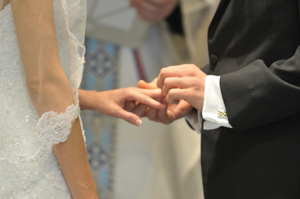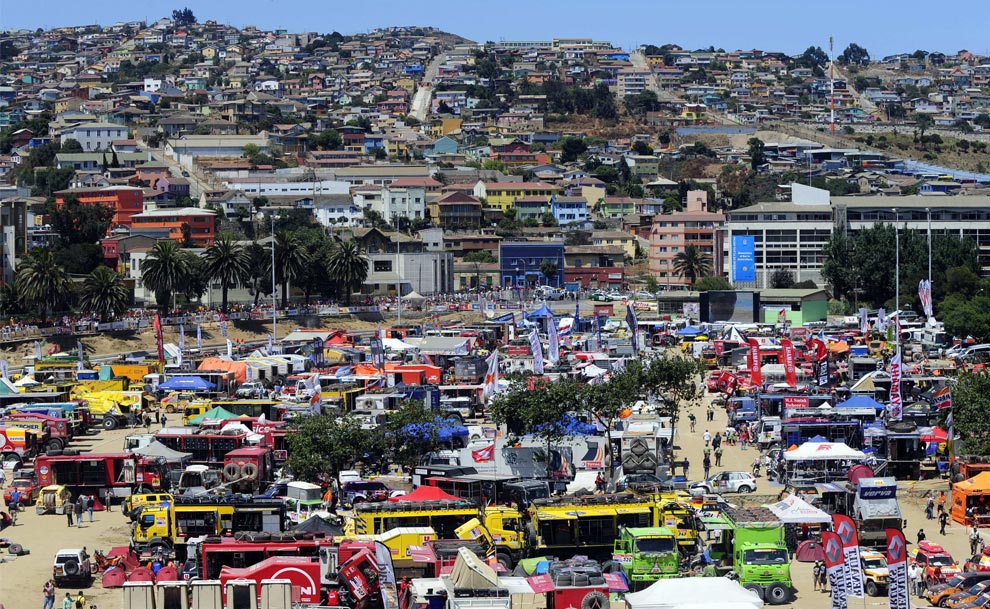The article below appeared in the Times Online (UK Edition) reports that some scientists are now designating dolphins as “non-human persons” that should have both moral standing and rights. I’d like to present excerpts from the article here and then comment below. The article is available by click the title just below:
Scientists Say Dolphins Should be Treated as “Non-Human Persons.”
Dolphins have been declared the world’s second most intelligent creatures after humans, with scientists suggesting they are so bright that they should be treated as “non-human persons”. Studies into dolphin behaviour have highlighted how similar their communications are to those of humans and that they are brighter than chimpanzees. These have been backed up by anatomical research showing that dolphin brains have many key features associated with high intelligence.
The researchers argue that their work shows it is morally unacceptable to keep such intelligent animals in amusement parks or to kill them for food or by accident when fishing. Some 300,000 whales, dolphins and porpoises die in this way each year. “Many dolphin brains are larger than our own and second in mass only to the human brain when corrected for body size,” said Lori Marino, a zoologist at Emory University in Atlanta, Georgia, who has used magnetic resonance imaging scans to map the brains of dolphin species and compare them with those of primates.
…Marino and Reiss will present their findings at a conference in San Diego, California, next month, concluding that the new evidence about dolphin intelligence makes it morally repugnant to mistreat them. Thomas White, professor of ethics at Loyola Marymount University, Los Angeles, who has written a series of academic studies suggesting dolphins should have rights, will speak at the same conference. “The scientific research . . . suggests that dolphins are ‘non-human persons’ who qualify for moral standing as individuals,” he said.
A few thoughts of my own:
- Beware –The title of the article is poor. Beware of titles that begin “Scientists say…” Ok, how many? One, few, thousands? What kind of scientists? What is their standing in the scientific community? etc. The full article which you can read gives us little of this information. We only hear of several scientists by name, along with some admittedly fascinating findings.
- How is the word “person” understood here? I am not a very good philosopher but I remember Boethius’ definition of a person: “an individual substance of a rational nature.” Now to demonstrate intelligence is not the same as to to demonstrate rationality or the capacity to reason. However, arguments could go on forever as to how to define rationality even if the moderns accepted Boethus’ definition. But it might help if these scientists could give us their working definition of “person.”
- Humans have a dignity that transcends mere intelligence – But let’s just say for the sake of argument that we accepted the point that they were some how persons. We already accept the existence of “non-human persons” since angels (who are not human) are persons. But from a Christian point of view this would still not change the fact that human persons have a special dignity that transcends our brain power. We are not special merely because we’re so smart and have these big brains. We are special because we are made in the image and likeness of God. Scriptures grants to man this very special prerogative. For example, when God made Adam it said that God took dust from the earth, formed the man and then breathed into his nostrils so that man became “a living being” (cf Gen 2:4ff) Adam (and later Eve) carried the very breath (Spirit of God) within them. This is never said of any other creature. Further, to no other creature did God ever say, “Let us make him in our image.”(Gen 1:26). Indeed God goes further to distinguish the human person from other creatures when he says: “Let us make man in our image, in our likeness, and let them rule over the fish of the sea and the birds of the air, over the livestock, over all the earth, and over all the creatures that move along the ground.” (Gen 1:26-27). Hence, beyond the question brain power or perceptible intelligence, the human person has a special dignity. This is made even more significant at the Incarnation of Jesus: “For to which of the angels did God ever say, ‘You are my Son…‘ (Heb 1:13). Now I understand that these Scripture quotes will hold no weight in a science discussion. I only mention them here so that we Christians do not go running off in silly directions following merely the word of scientists. There is more to human dignity than intelligence or our ability to socialize. We have special dignity due to the prerogatives and distinctions God has given us.
- Rights for Dolphins? How about Duties? Now, if it is true that Dolphins are “persons” with “rights” does it not also follow that they have responsibilities? Can we fine them for bad behavior? Can we punish or imprison them if they kill unjustly. There ARE stories of dolphins getting violent. Should we arrest them and bring them to trial? How rational are they really? After all some like to claim thay are “even smarter than humans!” It is true that we do not hold every human person responsible for what they do even if it is wrong. For example a three year old child would not be brought up on charges even if they slug their playmate in the eye. However, we do punish them in age appropriate ways. Some argue that dolphins have brains just as well developed as a three year old child. Hence, should we school (oh, bad pun) dolphins and punish them in certain ways when they get out of line? Just asking. But I am not merely being flippant (oops another pun!). I am asking for distinctions to be made and for us to be a bit more careful before we run off and effusively pour forth titles upon animals.
- Careless thinking – Indeed, we ought to think through what we are really saying and be a bit more careful in how we speak. We live in rather silly times really and it seems we have lost touch with basic principles of philosophy and the fact that words mean things. If you ask me, we lack intellectual discipline in many areas and are very careless in how we speak, use words and grasp ancient philosophical and theological principles. Dolphins are smart seemingly social creatures. I like dolphins. The are magnificent creatures. (They are cute too since they seem to have a permanent smile on their face). But a dolphin is just a dolphin. For all their “brilliance” they do not build cities, write poetry, discuss philosophy, debate morality, collect art, build temples or worship God. They are dolphins after all.
- I’ll go you one better! As for their rights, I am not sure. I know this however, we do well to respect these creatures which do seem to live at a kind of higher stage than many animals. But respecting them isn’t about their rights, it’s about me being human. And while we’re talking about being human, let’s get around to protecting baby humans in the womb before we worry about conferring rights on dolphins. “Save the Dolphins?” How about “Save the Baby Humans!”
Ok Your Turn. Comments are open and ready! Remember, I am not good in philosophy so some of you philosopher types might be able to help. But remember, use English!

 Among the measures of mature manhood that God Himself sets forth is faithful, stable, committed marriage. After observing, It is not good for the man to be alone (Gen 2:18) God says ….A man shall leave his father and mother and cling to his wife and the two of them shall become one flesh. Thus God indicates an essential description of manhood. This is what a MAN does. Three things are taught here:
Among the measures of mature manhood that God Himself sets forth is faithful, stable, committed marriage. After observing, It is not good for the man to be alone (Gen 2:18) God says ….A man shall leave his father and mother and cling to his wife and the two of them shall become one flesh. Thus God indicates an essential description of manhood. This is what a MAN does. Three things are taught here: